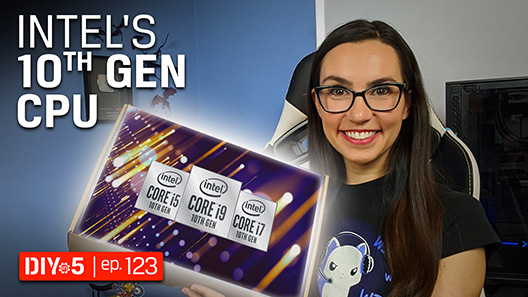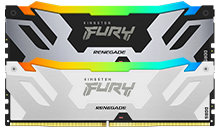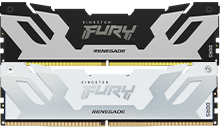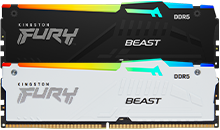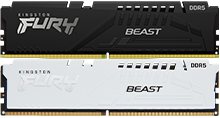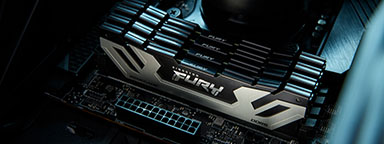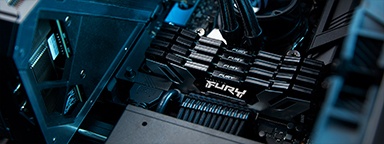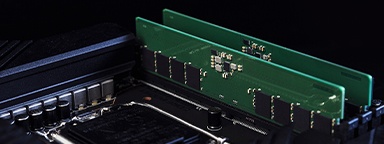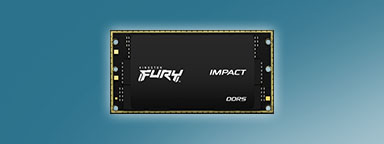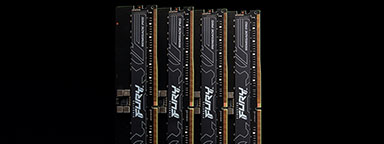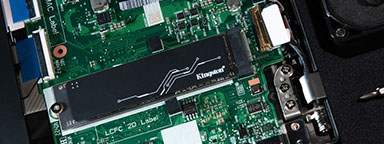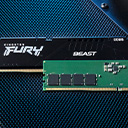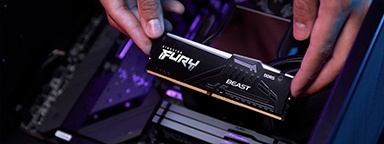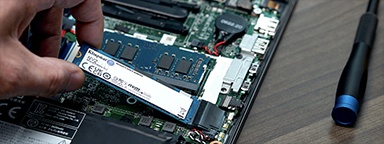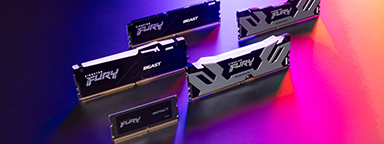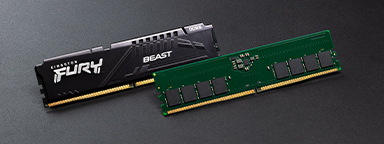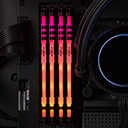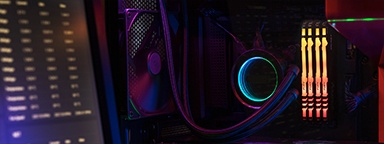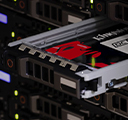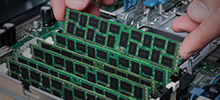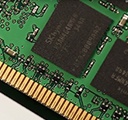
Every year new generations of computers are launched, introducing new features and technologies to advance performance and expand capabilities. The primary differences between generations are denoted by the processor and chipset names and numbers. Processors, also referred to as CPUs, are the brains of the PC. Chipsets are a combination of chips, usually a pair called a northbridge and a southbridge, that provide the ability for processors to connect with other components within a system. Processors and chipsets are typically (but not exclusively) linked generationally, so it’s important to understand the differences in names and numbers to choose the best fit for your computing needs.
Note that within a CPU there are many processing cores, a memory controller, cache memory, and a set of instructions to provide the raw calculating power to handle computing applications, as well as a northbridge. The northbridge, among other critical controllers and components, began to be incorporated inside the CPU over a decade ago. This can include integrated graphics processing capabilities, targeting systems that cannot fit traditional discrete graphics cards, like a laptop, thin or a small form factor desktop.
What do Intel® processor names mean?
There are generally five parts to the name of an Intel processor: brand name, brand modifier/processor level, generation indicator, SKU number, and product line suffix.
Brand name – Over the years, Intel has made subtle changes to its processor brand names (such as combining processor lines like Pentium® and Celeron® into one called “Intel Processor”) and creating new lines that feature advanced processing capabilities, such as Neural Processing Cores for Artificial Intelligence.
- Intel Processor – an economical line designed for price-conscious individuals/businesses
- Intel Core™ – provides faster performance and additional features, targeting mainstream users
- Intel Core™ Ultra – includes an NPU for greater AI capabilities and may also include Intel Arc graphics
- Intel Xeon® – a higher level of performance necessary for servers and workstations; not generally for consumer use
Brand modifier/Processor level – For workstation and client processors, Intel uses the brand modifier in a tiered system to indicate usage for entry-level, mainstream, or high-end performance. The tiers 3, 5, 7, or 9 come after the brand name. For the most part, the higher the number, the better the performance (and possibly more features). A modifier is only used in the Core lineup and Xeon 6.
Example:
Intel® Core™ i7 14700KS
Intel® Core™ Ultra 5 Processor 245KF
Intel® Xeon® w9-3595X
Intel® Xeon® 6960P (Xeon 6th Gen)
For Xeon 5th Gen and older, the processor tier is denoted by the first digit of the four-number sequence:
| Xeon Processor Tier | |
| 8 or 9 | Platinum |
| 5 or 6 | Gold |
| 4 | Silver |
| 3 | Bronze |
Example:
Intel® Xeon® Platinum 8558P (Xeon 5th Gen)
Generation indicator – For Intel Core, Core Ultra, and Xeon 5th Gen processors and earlier, the first number following the brand modifier or processor level indicates the product generation. For Xeon 6 and onward, the generation is identified by the first digit of the four-number sequence. Intel Processor and Intel Core i3 N-series do not include a generation indicator.
Example:
Intel® Core™ i7 14700KS
Intel® Core™ Ultra 5 Processor 245KF
Intel® Xeon® w9-3595X
Intel® Xeon® Platinum 8558P (Xeon 5th Gen)
Intel® Xeon® 6960P (Xeon 6th Gen)
SKU numbers – For Intel Core, Core Ultra and Xeon 5th Gen and older processors, the SKU number appears after the generation number. These SKU numbers provide a more detailed identification for each brand and generation. Generally, a higher SKU number indicates a product with more features. Note: there is no alignment between model numbers from one brand to another (i.e., a Core model number has no relationship to a Processor or Xeon model number).
Example:
Intel® Core™ i7 14700KS
Intel® Core™ Ultra 5 Processor 245KF
Intel® Xeon® w9-3595X
Intel® Xeon® Platinum 8558P (Xeon 5th Gen)
Intel® Xeon® 6960P (Xeon 6th Gen)
Product line suffix – This indicates what the respective processor is designed for. Of course, seeing the suffix without knowing what it stands for is useless. Below is a listing of the currently used letters for PCs, servers, and embedded chips and what they mean.
| Form/Function Type/Segment | Suffix | Optimized/Designed For |
Desktop |
K | High performance, unlocked |
| F | Requires discrete graphics | |
| S | Special edition | |
| T | Power-optimized lifestyle | |
| X/XE | Highest performance, unlocked | |
Mobile (Laptop and 2-in-1) |
HX | Highest performance, all SKUs unlocked |
| HK | Highest performance, all SKUs unlocked | |
| H | Highest performance | |
| P | Power optimized for thin and light laptops | |
| U | Power efficient | |
| Y | Extremely low-power efficient | |
| G1-7 | Graphics level | |
| Embedded |
E | Embedded |
| UE | Power efficient | |
| HE | High performance | |
| UL | Power efficient, in LGA package | |
| HL | High performance, in LGA package | |
Server – Xeon Scalable (2017-2023) |
F | Integrated Intel Omni-Path Connector |
| H | Optimized for database and analytics | |
| M | Optimized for AI and media processing | |
| N | Specialized for networking workloads | |
| P | Optimized for cloud and IaaS workloads | |
| Q | Lower Tcase temp (For liquid cooling) | |
| R | Refreshed from prior generation | |
| S | Optimized for storage | |
| T | Thermal/long life support | |
| U | Single socket optimized | |
| V | Optimized for cloud and SaaS workloads | |
| Y | Support for Speed Select Technology Performance-Performance Profile (SST-PP) | |
| + | Includes 1 of each accelerator enabled (DSA, DLB, QAT, IAA) | |
| Workstation/HEDT – Xeon W | X | Unlocked processor |
Server – Xeon D |
E | Extended temperature support |
| N | Intel® QuickAssist Technology support | |
| R | Real time networking support | |
| T | Integrated network interface controller | |
Server – Xeon Advanced/Scalable Platform (2024 – ) |
P | P-cores: Optimized for high performance |
| E | E-cores: Optimized for efficiency |
Table Source: Intel® processor Names, Numbers and Generation List
Intel processor name examples:
| Intel® Core™ i9-13900KS Brand name: Intel® Core™ Brand modifier: i9 Generation indicator: 13 SKU number: 900 Product suffix: KS |
Intel® Core™ Ultra 7 265K Brand name: Intel® Core™ Ultra Brand modifier: 7 Generation indicator: 2 SKU number: 65 Product suffix: K |
Intel® Core™ i7-14700F Brand name: Intel® Core™ Brand modifier: i7 Generation indicator: 14 SKU number: 700 Product suffix: F |
| Intel® Xeon® w7-2575X Brand name: Intel® Xeon® Processor Level: w7 Generation indicator: 2 SKU number: 575 Product suffix: X |
Intel® Xeon® 8593Q Brand name: Intel® Xeon® Processor Level: 8 Generation indicator: 5 SKU number: 93 Product suffix: Q |
Intel® Xeon® 6780E Brand name: Intel® Xeon® Generation indicator: 6 Brand modifier: 7 SKU number: 80 Product suffix: E |
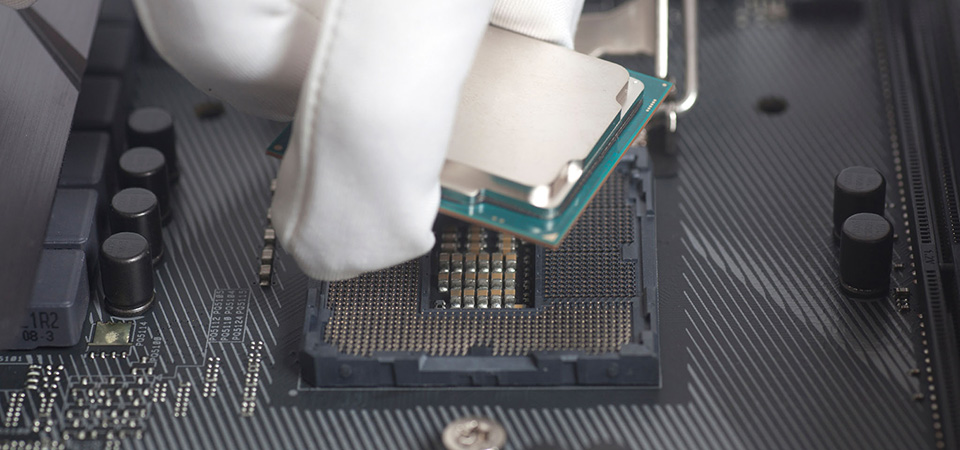
What is an Intel® chipset?
The chipset manages the flow of data between the processor, memory, and other components in a computer. Each chipset is designed to work with specific processor sockets, ensuring compatibility between the CPU and the motherboard. While some chipsets may support multiple generations of processors, it's important to verify compatibility with a motherboard's specifications to ensure proper functionality. Here are some examples of Intel chipsets along with their corresponding sockets:
| Chipset | Code Name | Socket |
| Z690 | Alder Lake | LGA 1700 |
| H670 | Alder Lake | LGA 1700 |
| Z790 | Raptor Lake | LGA 1700 |
| B760 | Raptor Lake | LGA 1700 |
| Z890 | Arrow Lake | LGA 1851 |
What do Intel® chipset names mean?
For the non-Xeon Intel chipsets, there are three parts we need to break down: the series, generation and feature set.
Series –The first letter of the sequence represents the series. There are four different series available:
Z-Series: High-performance, overclocking, and feature-packed builds
H-Series: Mid-tier option for mainstream users without overclocking needs
B-Series: Budget-friendly for basic setups or office PCs
Q-Series: Tailored for enterprise environments with vPro and other management tools
Generation – The 1st number (2nd digit) in the sequence represents the generation of the chipset. For example, in the Z790 chipset, the "7" signifies that it belongs to the 700-series. This series is designed to support Intel's 13th (Raptor Lake) and 14th (Raptor Lake Refresh) generation Core processors. Each new generation typically brings improvements in performance, power efficiency, and support for the latest technologies.
Feature set – The last two digits in the four-number sequence represent the feature set. A higher number signifies more features or better performance. This typically aligns with the series – Z series will have a higher number, while a B series will usually have a lower number. Although there are some exceptions, this is generally the case. See example below:
| Feature Set | 90 | 70 / 10 | 70 | 60 |
| Series | Z | H | Q | B |
| CPU Overclock | Yes | No | No | No |
| # of PCIe Lanes | High | Moderate | Moderate | Low |
| # of USB/SATA Ports | High | Moderate | Moderate | Low |
| Enterprise Features | No | No | Intel vPro | No |
